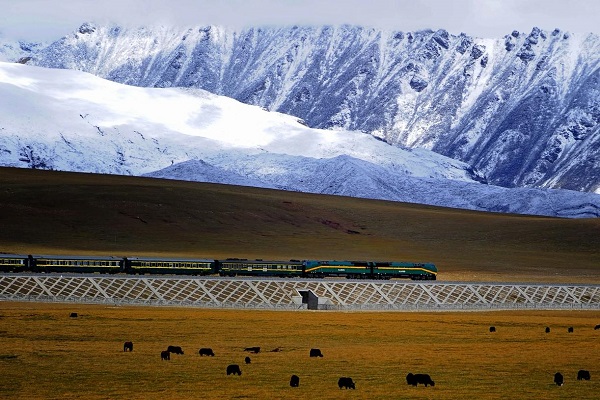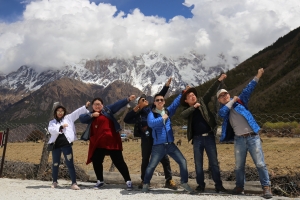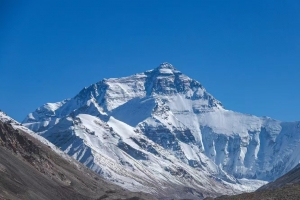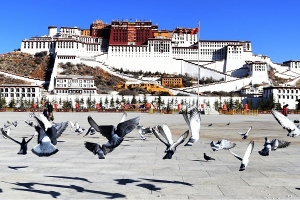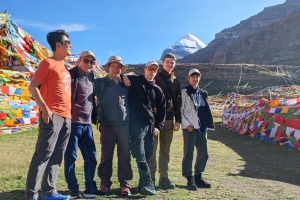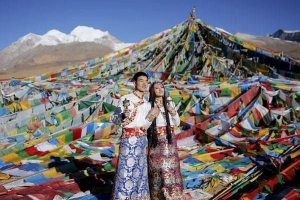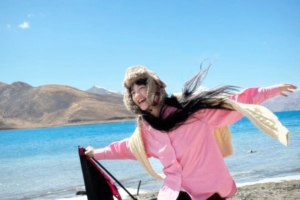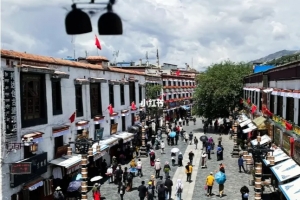Understanding Tibet’s Climate
Tibet, known as the “Roof of the World,” boasts a unique and diverse climate shaped by its high-altitude terrain. Despite its general reputation for cold and dry conditions, the region’s weather varies significantly depending on location, altitude, and seasonal factors. Travelers should understand these variations to prepare accordingly and make the most of their visit.
The Four Seasons in Tibet
Tibet experiences four distinct seasons, but due to its altitude, seasonal changes are not as dramatic as in lower-altitude regions.
Spring (April to May)
Spring in Tibet brings milder temperatures as the harsh winter subsides. Snow begins to melt in many areas, making roads and travel routes more accessible. Lhasa and the Yarlung Tsangpo River Valley experience cool but comfortable weather, with daytime temperatures ranging from 10°C to 20°C. In higher-altitude areas, temperatures remain low, and sudden snowfalls can still occur.
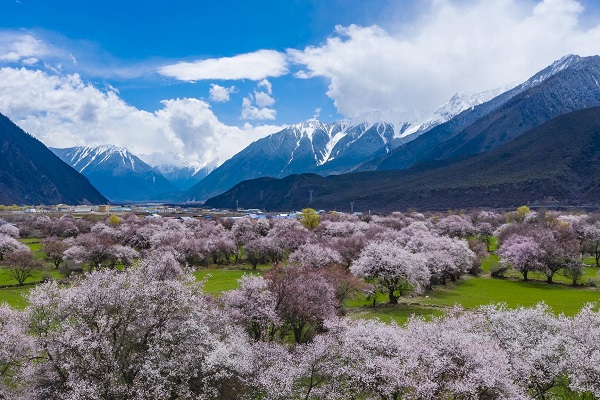
Summer (June to August)
Summer is the best time to visit Tibet, as temperatures are at their warmest, ranging from 15°C to 25°C in lower regions like Lhasa and Nyingchi. This season also brings the most rainfall, particularly in southeastern Tibet, where monsoon influences can lead to lush greenery. Higher-altitude areas, such as Everest Base Camp and Nagqu, remain chilly, with daytime temperatures around 10°C and nighttime drops below freezing.
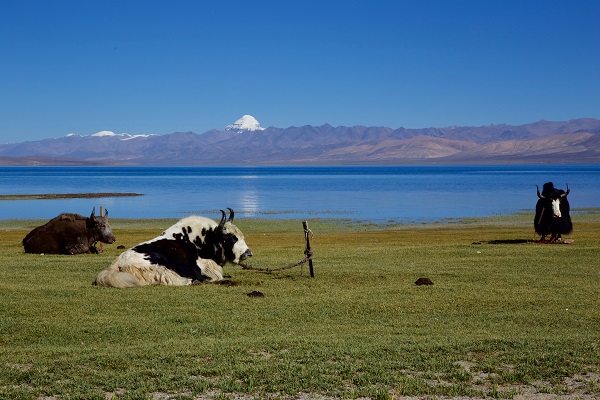
Autumn (September to October)
Autumn is another ideal season for travel, with clear skies, moderate temperatures, and less rainfall than summer. The landscapes are particularly breathtaking, as forests in southeastern Tibet turn golden and red. Temperatures range from 5°C to 20°C in most areas, making it a comfortable season for trekking and sightseeing.
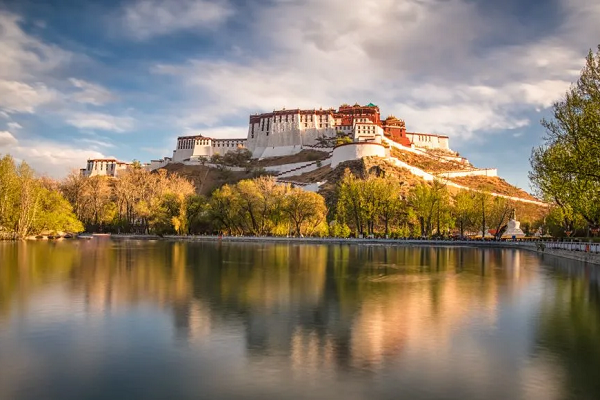
Winter (November to March)
Winter in Tibet is harsh, with temperatures often dropping below -20°C in high-altitude regions. However, Lhasa and the Yarlung Tsangpo Valley remain relatively mild, with daytime temperatures around 5°C to 10°C. Travelers who can handle the cold will enjoy fewer crowds, cheaper accommodations, and stunning snow-covered landscapes.
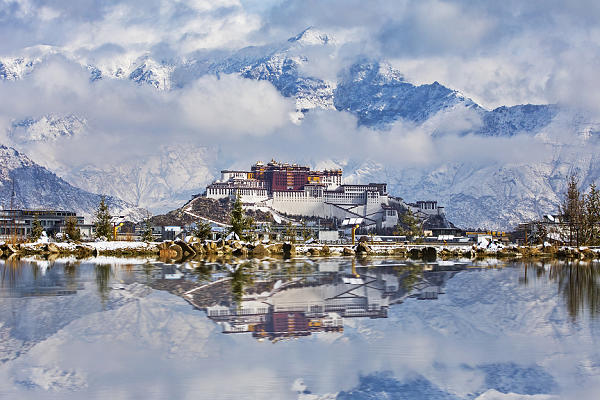
Regional Climate Differences
While Tibet is generally cold and dry, certain areas exhibit unique weather patterns due to their geography and elevation.
Lhasa and the Yarlung Tsangpo River Valley
This region, at an elevation of around 3,500m, has one of the mildest climates in Tibet. Lhasa enjoys plenty of sunshine year-round, with winter temperatures rarely dropping below -5°C and summer temperatures peaking at 25°C. The Yarlung Tsangpo Valley, home to historical sites like Samye Monastery and Tsetang, shares similar climatic conditions.
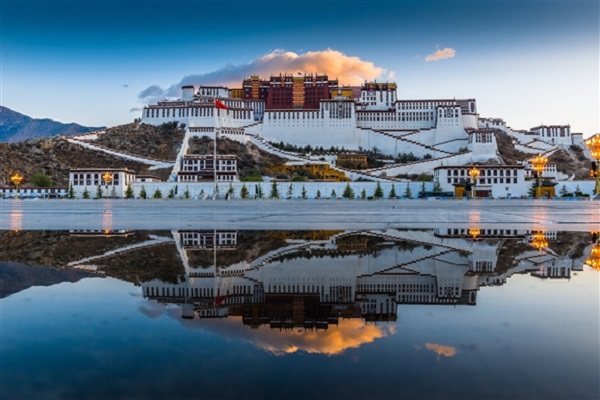
Southeastern Tibet (Nyingchi and Medog)
Southeastern Tibet, near the eastern Himalayas, has a significantly different climate from the rest of the plateau. This region is influenced by the monsoon and receives substantial rainfall, making it the most fertile and forested part of Tibet. Nyingchi, often called the “Switzerland of Tibet,” has a temperate climate with warm summers (15°C to 25°C) and mild winters (0°C to 10°C). Medog, Tibet’s lowest-altitude county, has a subtropical climate, featuring dense forests and even occasional banana trees.
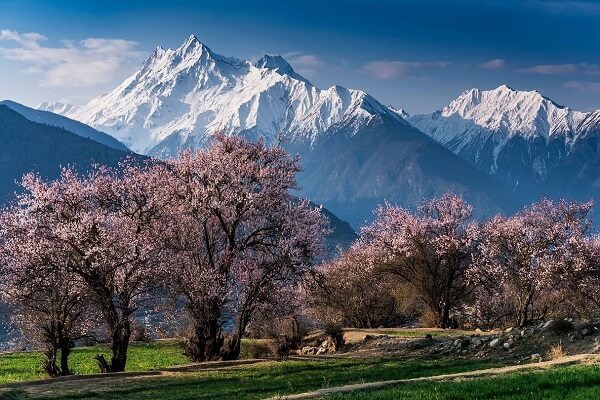
Western and Northern Tibet (Ngari and Nagqu)
These regions represent the harshest and most desolate parts of Tibet, often referred to as the “Tibetan Arctic.” Nagqu, at an elevation of over 4,500m, experiences extreme cold year-round, with winter temperatures plummeting to -30°C or lower. The region is also prone to strong winds and minimal precipitation. Ngari, known for its sacred Mount Kailash, is similarly arid and cold, with desert-like conditions and vast, open landscapes.
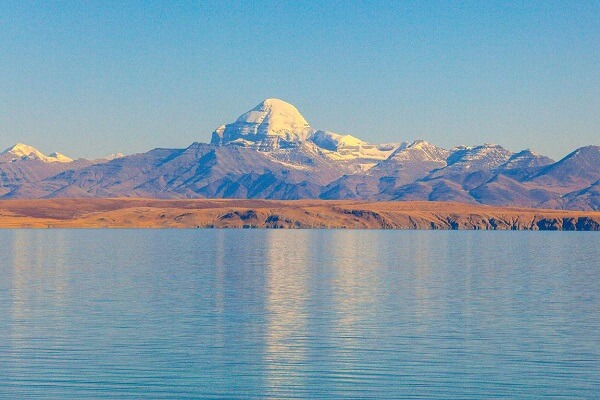
Mount Everest Base Camp and Himalayan Region
Mount Everest Base Camp, at an altitude of 5,200m, has an alpine climate with extreme temperature fluctuations. Even in summer, daytime temperatures rarely exceed 10°C, while nighttime temperatures often drop below freezing. Winter temperatures can reach -40°C, making visits during the colder months extremely challenging. Strong winds and low oxygen levels add to the difficulty of travel in this region.
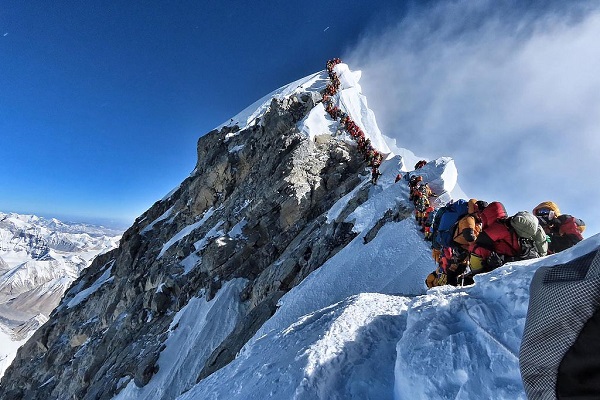
Best Time to Visit Tibet
The ideal time to visit Tibet depends on personal preferences and travel goals:
- April to October: Best for general sightseeing, trekking, and outdoor activities.
- June to August: Ideal for experiencing Tibet’s greenest landscapes and milder temperatures.
- September to October: Perfect for trekking and cultural experiences with clear skies.
- November to March: Suitable for those who enjoy winter scenery, fewer crowds, and lower travel costs, though some remote areas may be inaccessible due to snow.
Essential Packing Tips for Tibet
Packing appropriately for Tibet’s climate is crucial to ensure a comfortable trip. Here are some essentials:
- Layered clothing: Temperatures can vary drastically between day and night, so wearing layers is essential.
- Warm outerwear: Even in summer, high-altitude regions can be freezing at night.
- Sun protection: Due to Tibet’s high UV exposure, sunglasses, sunscreen, and hats are necessary.
- Lip balm and moisturizer: The dry air can cause skin and lips to crack.
- Comfortable trekking shoes: Essential for exploring temples, trekking routes, and mountainous terrain.
- Altitude sickness medication: Recommended for those unaccustomed to high altitudes.
Tibet’s climate is as diverse as its landscape, offering a range of experiences depending on the region and season. From the temperate forests of southeastern Tibet to the icy plains of the north, understanding the weather patterns can help travelers plan an unforgettable journey. Whether you seek adventure in the Himalayas or cultural immersion in Lhasa, Tibet’s unique climate adds to its mystique and charm.

